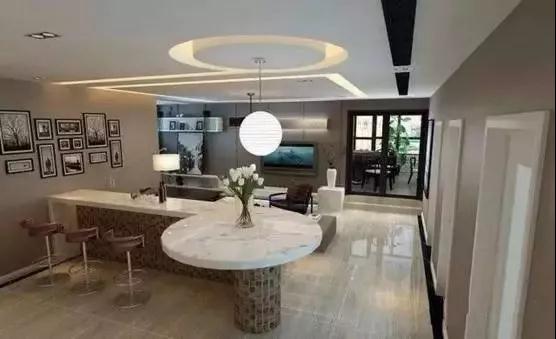Classification of common marbles on the market
Publish Time:2020-09-23 Click rate:454
Classification of common marbles on the market
Marble is formed by sedimentary rocks and metamorphic rocks of sedimentary rocks. The main component is calcium carbonate, and its content is about 50%-75%, which is weakly alkaline. Some marbles contain a certain amount of silica, and some do not. The particles are fine and fine (referring to calcium carbonate), the surface stripe distribution is generally irregular, and the hardness is low. The composition and structural characteristics of marble make it have the following properties:

(1) Good decorative performance, marble does not contain radiation, and is bright in color and rich in colors. It is widely used for interior wall and floor decoration. Has excellent processing performance: sawing, cutting, polishing, drilling, carving, etc.
(2) Marble has good abrasion resistance, is not easy to age, and its service life is generally about 50-80 years.
(3) In industry, marble is widely used. Such as: used for raw materials, purification agents, etc.
(4) Marble has the characteristics of non-conductivity, non-magnetic conductivity, and stable field position.
From a commercial point of view, all naturally formed calcareous rocks that can be polished are called marbles. Not all marbles are suitable for all architectural occasions. Therefore, marbles should be divided into four categories: A, B, C and D. This classification method is especially suitable for relatively fragile C and D marbles, which require special treatment before or during installation.
The specific classification is as follows:
Class A: High-quality marble with the same and excellent processing quality without impurities and pores.
Class B: The characteristics are similar to the previous type of marble, but the processing quality is slightly worse than the former; there are natural defects; a small amount of separation, gluing and filling are required.
Class C: There are some differences in processing quality; defects, pores, and texture breaks are more common. The difficulty of repairing these differences is moderate, and it can be achieved by one or more of these methods of separation, gluing, filling, or reinforcement.
Class D: The characteristics are similar to those of Class C marble, but it contains more natural flaws and the difference in processing quality is the biggest. It requires multiple surface treatments with the same method. This kind of marble affects many colorful stones, and they have good decorative value.

